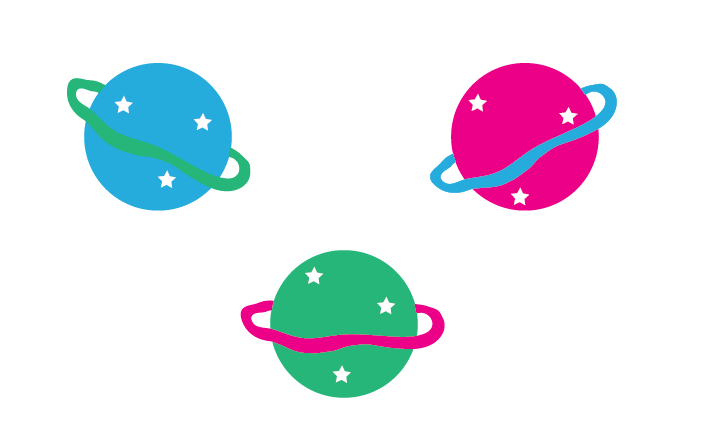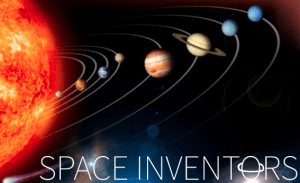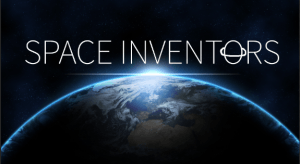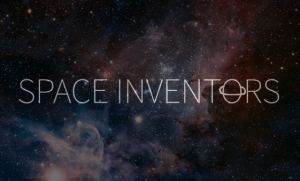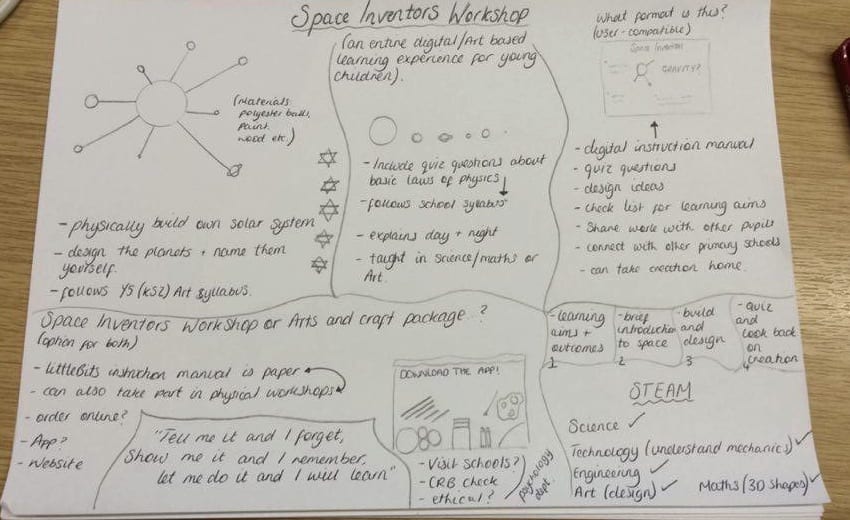 After carrying out more research on game building software, I discovered that using this route would potentially result in me learning a completely new skill set and ultimately not having the confidence that it would work out. I will continue to research this route, however I decided to jot down some ideas as to where this project could potentially turn. After this mind-mapping session, I was enlightened by several possibilities and although I am yet to narrow them down, I have more of a focused idea.
After carrying out more research on game building software, I discovered that using this route would potentially result in me learning a completely new skill set and ultimately not having the confidence that it would work out. I will continue to research this route, however I decided to jot down some ideas as to where this project could potentially turn. After this mind-mapping session, I was enlightened by several possibilities and although I am yet to narrow them down, I have more of a focused idea.
My initial space inventors game, would encourage young children to use their creativity, whilst being immersed in technology (basically using it safely). Now, I have come up with an idea that uses technology only as an aid, however is not fully immersive. I want to create an almost ‘instruction manual’ for building your own solar system. This will allow my target audience (of which I will need to re-research) to interact with technology, however use their own Artistic, Engineering and Scientific skills and knowledge. I was certain on incorporating the STEAM syllabus and I have managed to maintain this approach.
I did some research into the Primary School Syllabus for Y5 (KS2) and discovered that my idea can reach into several elements.
Science: (Earth and Space)
Sc5/4.1a describe the movement of the Earth, and other planets, relative to the Sun in the solar system
Sc5/4.1b describe the movement of the Moon relative to the Earth
Sc5/4.1c describe the Sun, Earth and Moon as approximately spherical bodies
Sc5/4.1d use the idea of the Earth’s rotation to explain day and night, and the apparent movement of the sun across the sky.
Art:
Ar2/1.1 to create sketch books to record their observations and use them to review and revisit ideas
Ar2/1.2 to improve their mastery of art and design techniques, including drawing, painting and sculpture with a range of materials
Ar2/1.3 about great artists, architects and designers in history.
Maths:
Ma3/3.2a draw 2-D shapes and make 3-D shapes using modelling materials; recognise 3-D shapes in different orientations and describe them
Ma3/3.1a measure, compare, add and subtract: lengths (m/cm/mm); mass (kg/g); volume/capacity (l/ml)
Computing:
Co2/1.6 select, use and combine a variety of software (including internet services) on a range of digital devices to design and create a range of programs, systems and content that accomplish given goals, including collecting, analysing, evaluating and presenting data and information.
Co2/1.7 use technology safely, respectfully and responsibly; recognise acceptable/unacceptable behaviour; identify a range of ways to report concerns about content and contact
Design & Technology:
DT2/1.4a apply their understanding of how to strengthen, stiffen and reinforce more complex structures
DT2/1.4b understand and use mechanical systems in their products
DT2/1.4c understand and use electrical systems in their productsDT2/1.4d apply their understanding of computing to programme, monitor and control their products.
This research has really allowed my idea to take off and i’m excited to pursue something I know I will enjoy creating, as well as enjoy encouraging young children to interact with technology safely. I have a real passion for the importance of using ones imagination and creativity and believe our ability to progress through education, relies hugely on the right side of the brain!
